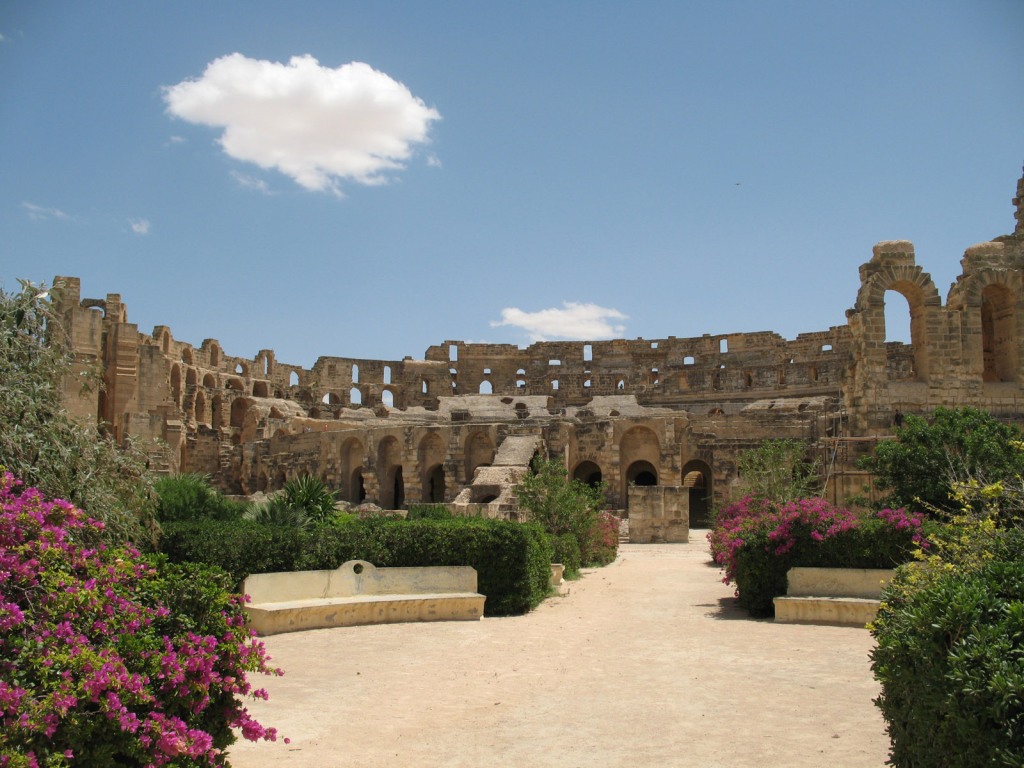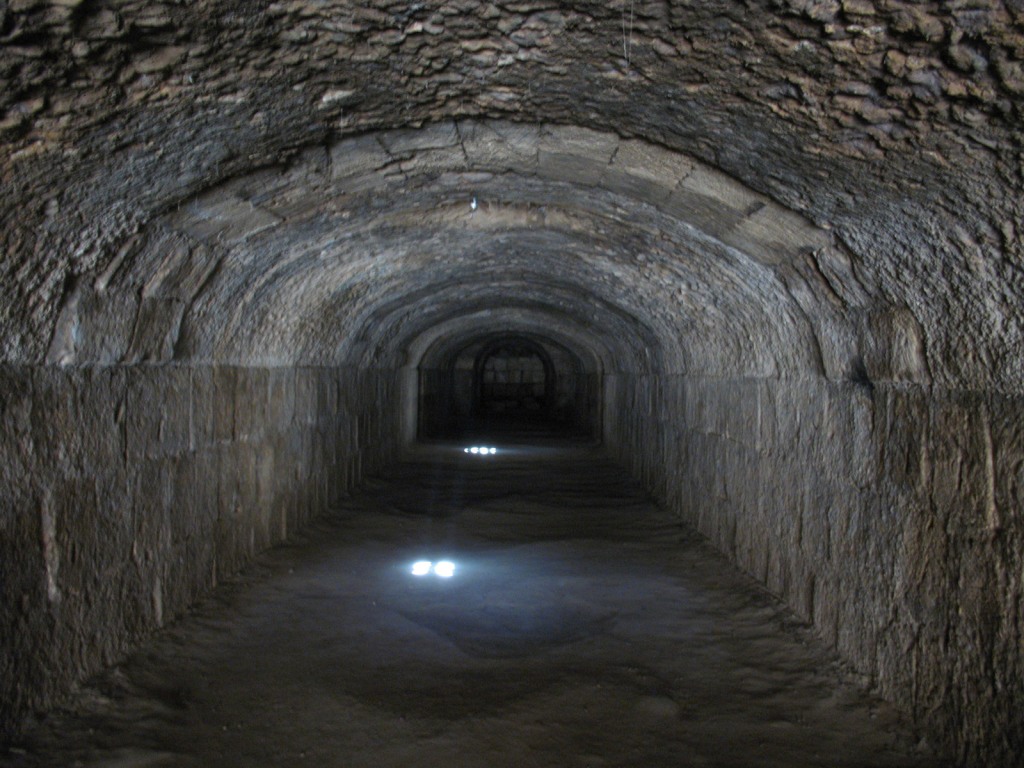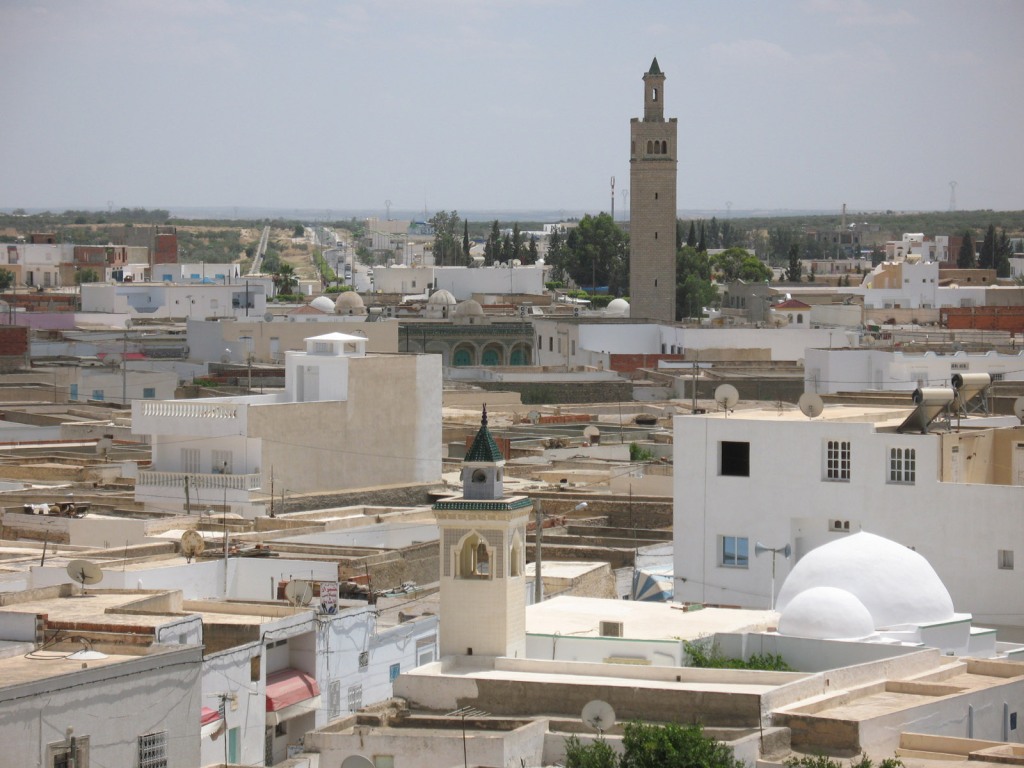الجمّ

Small town with huge Roman amphitheatre

El Jem or, as it is occasionally spelled, El Djem, is a small town in eastern Tunisia about halfway between the capital Tunis, and Sfax. The town itself is unremarkable but for its Roman amphitheatre, the third largest in the world, and demonstrating the mighty extent of the empire. Known to the Romans as Thysdrus, it was founded prior to even their arrival, and before the Punic Wars kicked off in 264 BC.
Easily reached by train, I paid a visit to El Jem for just a few hours one afternoon, enroute to Sfax. It was no problem to buy a ticket for the next train out when I arrived at the station, and then only a short walk to the amphitheatre which wasn’t hard to find, given that it’s by far the largest building in town.

The Amphitheatre of El Jem is still significantly intact, although not quite to the extent as the Colosseum itself. It remained almost complete until one face was deliberately demolished in 1695 to prevent its continued use as a defensive stronghold. Much of the destruction of the Colosseum in Rome, however, was inflicted by the Catholic Church who viewed it as nothing more than a quarry.
Viewed from the opposite side things aren’t looking quite so complete. The current amphitheatre is the third to have been built on the site, and dates back to around 238 AD, making it a couple of centuries newer than its Roman cousin.


The arena floor remains intact, which together with partially restored seating allows modern shows to be staged, including an annual symphonic festival.
Detail of archways no longer put to use to support spectators on the cavea. The estimated original seating capacity was around 35,000.


Although I strongly suspect these are recent restorations or replicas, there were some Roman mosaics floating around the interior.
I really like the sturdy blockwork of the amphitheatre, as if it were built from Lego.


Underneath the arena floor are the tunnels and chambers used for storage and access, and hoisting snarling beasts to the surface.
Looking up from ground level, through the arches.


It’s possible to climb quite high up the least damaged side of the amphitheatre, and see the town spreading out into the desert.
El Jem town itself as seen from the top of the amphitheatre. Back in Roman times the climate was somewhat more temperate, and olive oil production was one of the main industries.


Wandering through the porticos around the perimeter feels distinctly Roman – in fact I have a very similar picture of the Colosseum.
My lack of imagination when photographing amphitheatres is further highlighted here, in a practically identical shot up the exterior as at the Colosseum. The only element missing is the entrance numbering.


El Jem station, a not altogether unpleasant place to hang out while waiting for the next train south, and onwards to Sfax.
Created 2008 | Updated 2023
